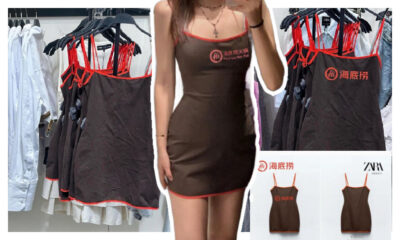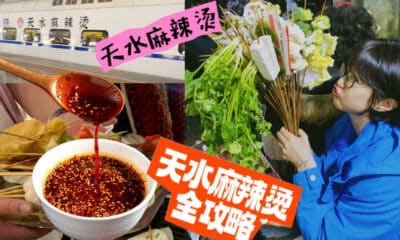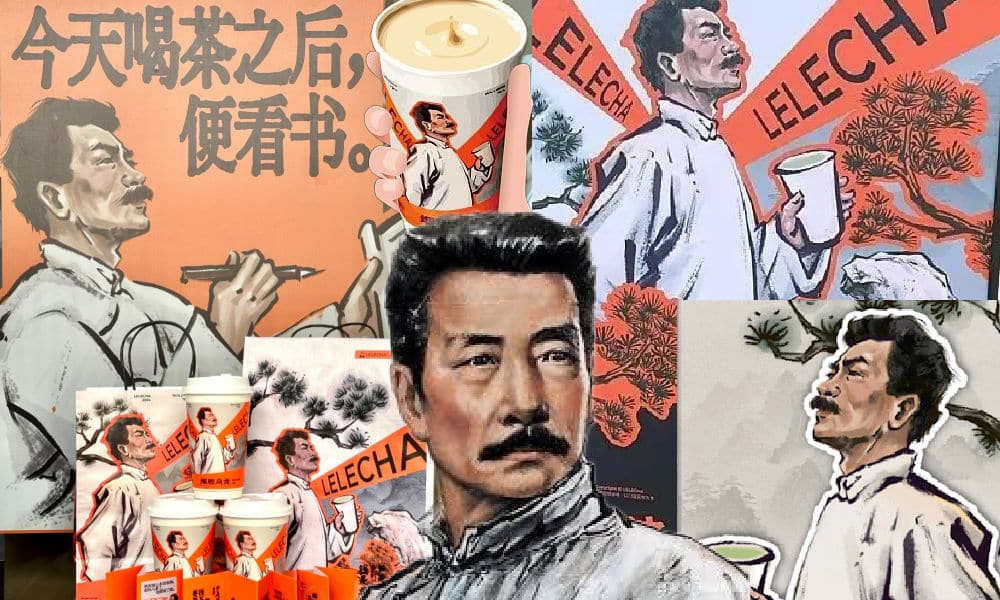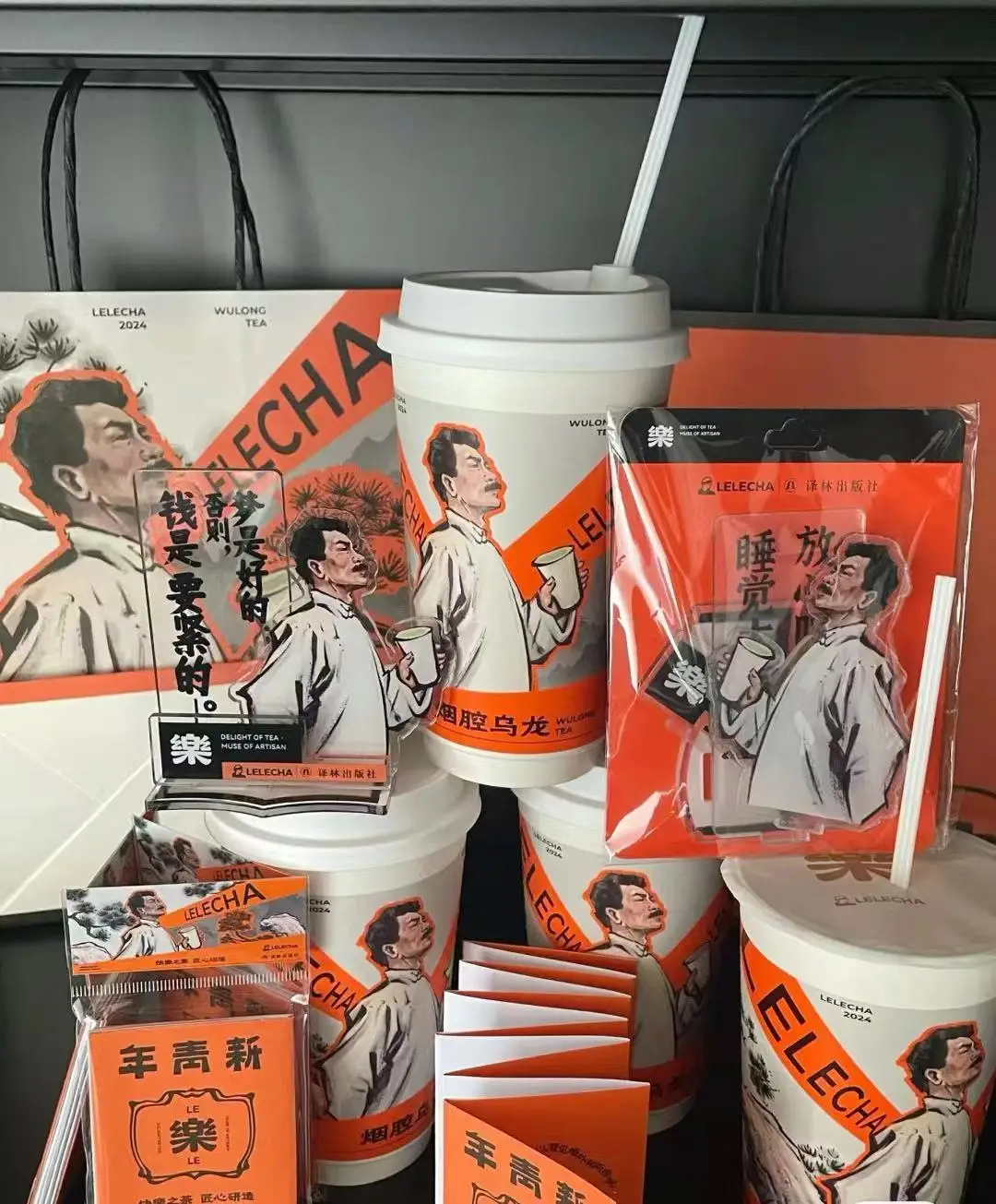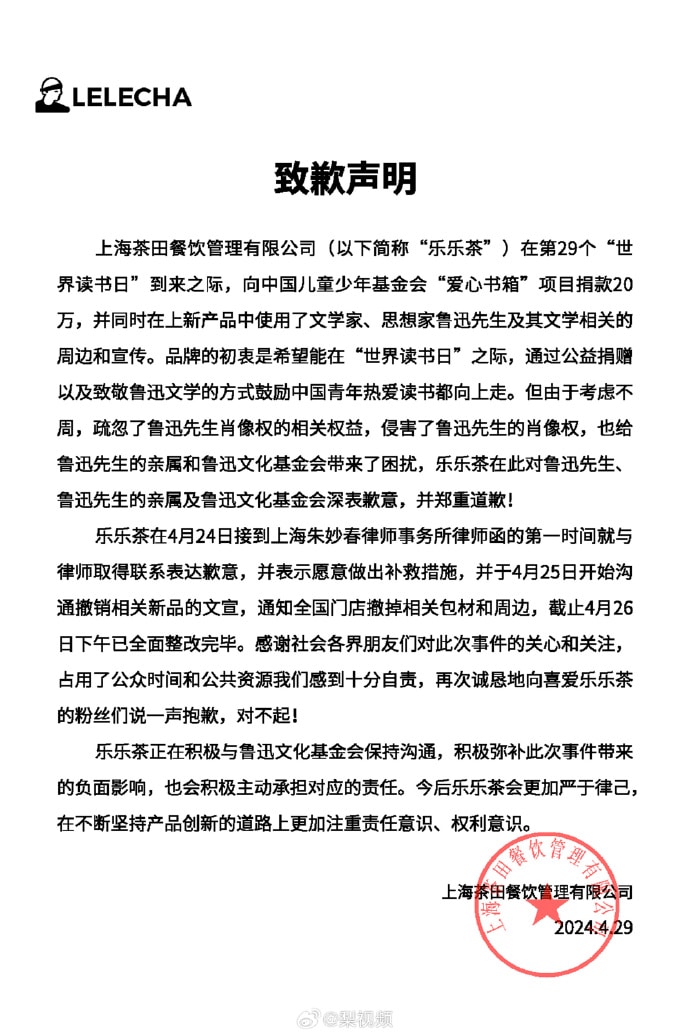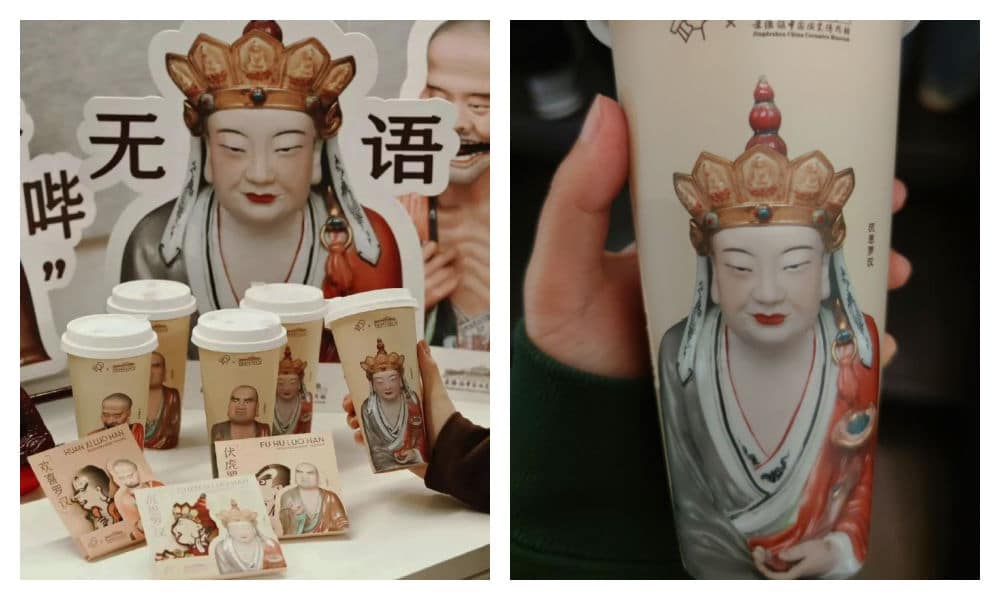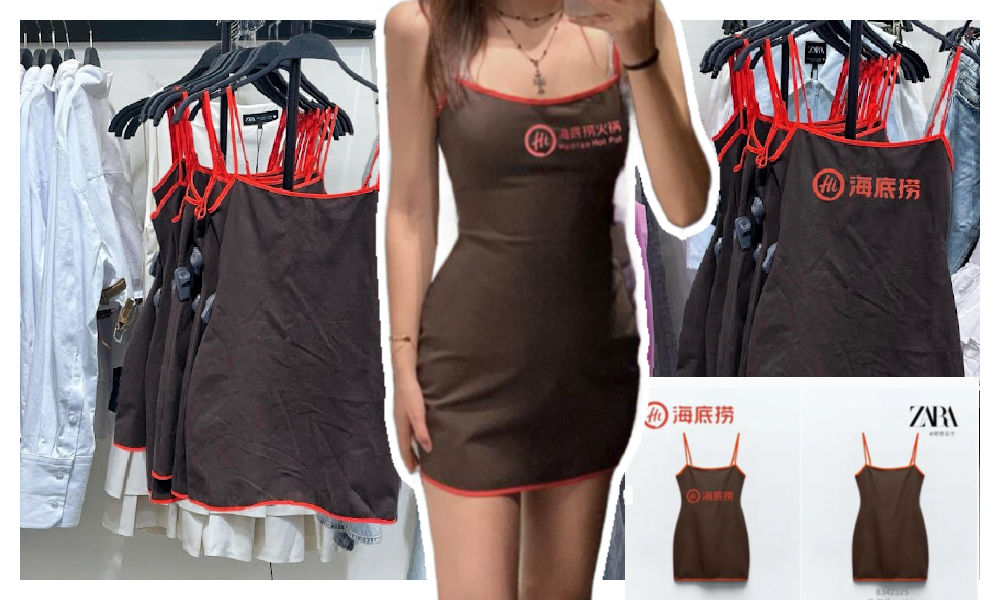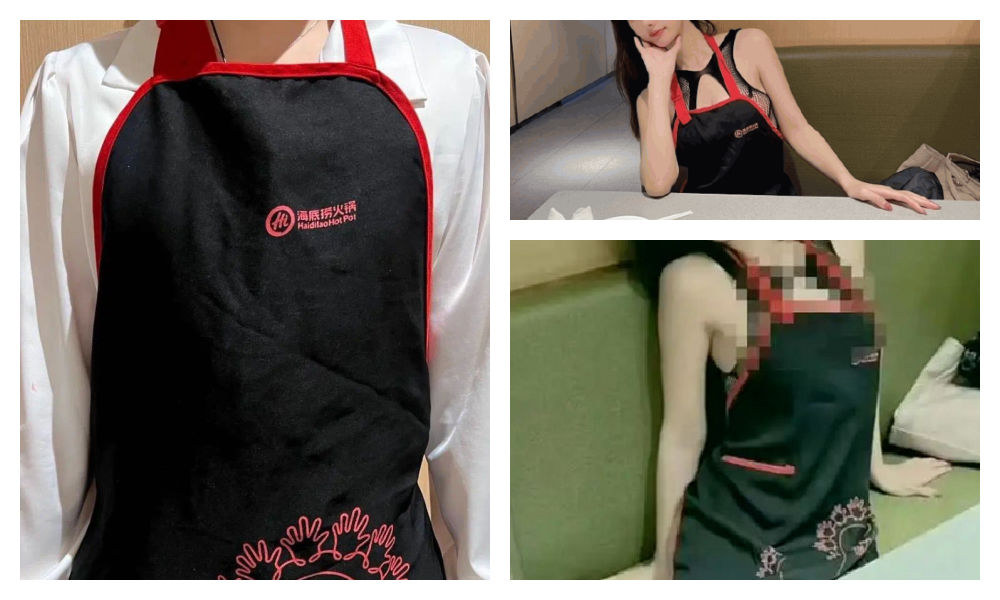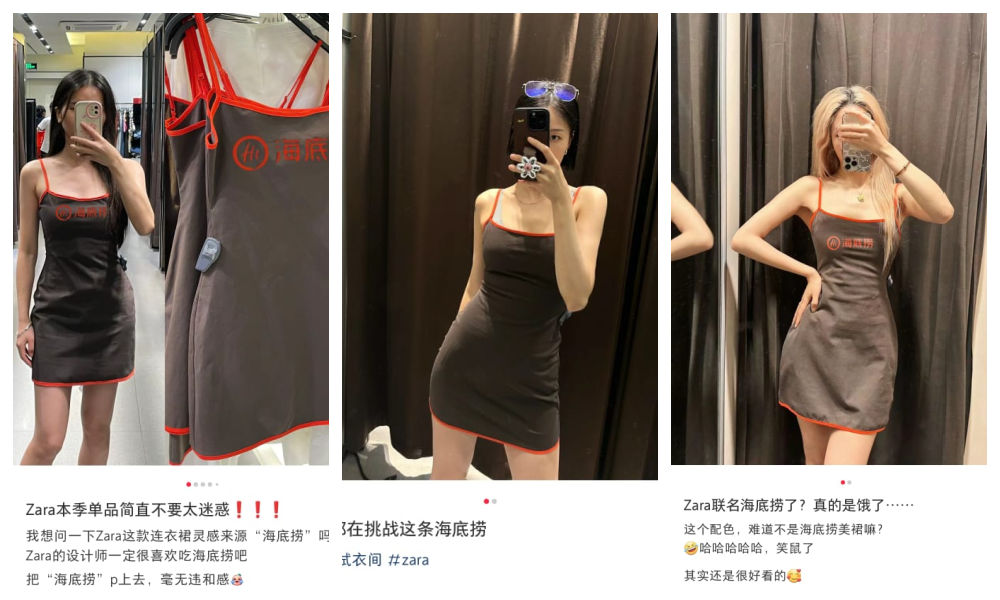WHAT’S ON WEIBO ARCHIVE | PREMIUM CONTENT ARTICLE
The world’s biggest online sale of the year, China’s Single’s Day, took place on November 11. Some Chinese consumer trends have become especially visible after the big sales. What’s on Weibo gives an overview of the latest trends and biggest brands, showing how China’s middle-class online consumer habits are undergoing drastic changes. [Premium Content by What’s on Weibo].
China’s 11/11 Single’s Day, the world’s biggest online shopping event of the year, has once again exceeded the sale figures of previous years.
The 8th edition of China’s Online Single’s Day Shopping Festival, that was initiated by e-commerce giant Alibaba in 2009, broke all previous sales records with a 24-hour sales volume of $17.6 billion (120.7 billion RMB) on Alibaba’s Tmall (天猫) on November 11. Online shopping mall JD.com also had 60% more sales than the previous year.
With so much success, many e-commerce platforms have extended the shopping festival until November 18. Time to see which Chinese online consumer trends are especially apparent during this year’s Single Day’s sales.
[blendlebutton]
1. Smartphone & Tablets: Made-in-China Wins
Together with fashion and health and beauty products, electronics are among the top-selling products of China’s biggest annual online sale. This year’s Single’s Day has shown that the iPhone7 is still very popular among Chinese consumers, despite the subdued reactions in China to its release in September.
The Gome e-commerce chain (国美在线) revealed that the iPhone7, which was priced at 4888 RMB (±719 US$), was the store’s number one best-seller of November 11. Gome sold 22000 devices within 24 hours.
Despite the surge in iPhone sales, made-in-China smartphones were the undeniable winner of the Single’s Day smartphone sales. Overall, netizens bought more Chinese smartphone brands than international ones. According to the Single’s Day sales numbers of JD.com, no less than 8 of the top 10 best-selling smartphones were domestically produced mobile phones. China’s Huawei and Xiaomi brands did especially well on Alibaba’s Tmall.

The surge in sales of Chinese smartphones is also promising for the international market: Huawei aims to become the world’s second-largest maker of smartphones within two years.
The growth of Chinese brand popularity is not just noticeable on the smartphone market – Chinese brands are also winning over tablet buyers. Apple is no longer the only big player on the Chinese tablet market, with brands such as Lenovo and Huawei seeing considerable growth in tablet sales.
2. Good for the Baby
Of the non-electronic products, it is especially baby products that did well on China’s Single’s Day. Anything from milk powder to baby wipes or diapers were popular during the 11/11 sales. Vastly different from the electronic market, it is especially foreign brands such as Friso (Friesland Campina, Dutch) and Moony (Japanese) that are most popular among Chinese consumers.
As China’s consumer trust in made-in-China baby brands has been damaged through various safety scandals over previous years, foreign brands are leading the market.
What is remarkable about this year’s sales, as revealed by China’s e-commerce platform Beibei (贝贝网, focused on maternal and infant products) is that the children’s clothing market is more booming than ever. Together with the surge in other baby- and mother-related products, the shift to bigger sales of these non-traditional products shows that China’s ‘Mummy Economy’ (妈妈经济) is becoming more relevant.
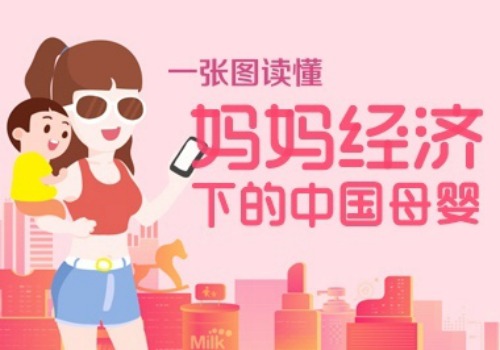
According to Beibei, there are over 50 million Chinese mothers registered as e-commerce users on their platform. Their data shows that there are different consumer trends within this group in China.
Mothers from the northeast of China, for example, will buy more baby’s clothes and shoes, as it gets colder in those regions than the more southern parts of China. The mothers in the Yangtze River Delta area (Shanghai, Jiangsu, Zhejiang) are known to buy many baby snacks and foodstuff. In the south of China, nearer to Hong Kong, consumers mainly buy baby necessities such as diapers and baby wipes.
3. Fashion: Individual Style over Traditional Brands
Despite the popularity of electronics and baby products, clothing and lifestyle goods are still the number one best-selling products in China’s online sales. According to sales numbers released by JD.com, 40% of all their 11/11 sales were in the apparel & lifestyle category.
Noteworthy non-Chinese brand names are Lee, TUMI and Guess, which respectively sold 43 times, 20 times, and 70 times more clothes this year than in previous years.
Although traditional international luxury brands such as Burberry and MaxMara remain popular, new sales data shows that Chinese consumers now, for the first time, pursue more non-mainstream brands for their style than the established luxury brands.
A good example is the growing popularity of the Canadian apparel brand Canada Goose, which completely sold out on Chinese fashion e-commerce site Xiu.com (走秀网) on November 11. The brand is known for its warm and stylish outerwear. Another non-mainstream popular brand is the Italian designer clothes & accessories label Mr & Mrs Italy, which was only recently introduced on fashion platform Xiu.com and became hot selling on 11/11.
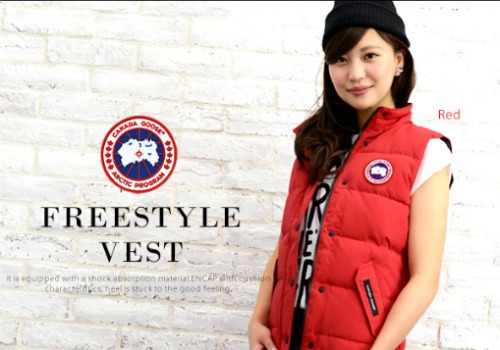
Other upcoming trendy brands such as the Scandinavian Acne Studios and & Other Stories (by the same fashion heads as H&M) were also surprising best-selling names that are all about style.

With Chinese middle-class consumers now gradually attaching more importance to style, originality, and quality of a label than its fame, somewhat more low-key designer brands like Brunello Cucinelli or Loro Piana are starting to replace classic Louis Vuitton or Burberry brands.
According to Xiu.com representatives, these new developments show that China’s middle-class consumer habits are now undergoing dramatic changes. People are no longer pursuing a bag only because it has an LV logo – they want a bag that suits their own style and needs.
4. China’s New Online Consumers: The Rise of Smaller Towns
Although first- and second-tier cities are still the most important consumer markets for online e-commerce platforms, this year’s sales data point out that consumers in third-tier cities and provincial level towns are becoming an important target group.
E-commerce giant JD.com saw a substantial growth in orders from prefectural cities and smaller towns from provinces such as Guizhou, Jiangxi, Hubei, Henan, and Yunnan.
In 2011, “the rise of China’s 2nd and 3rd tier cities” was a hot topic in the media. Five years later, this trend has shifted to China’s rural areas, where the new consumers are located.
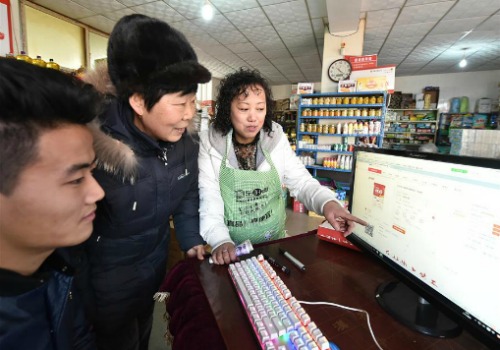
Earlier this year, Bloomberg reported that 77.14 million rural Chinese shopped online in 2015, which was already a 40.6 percent increase from 2014. On average, rural Chinese spend more online than their urban counterparts, and their online spending is growing faster.
According to Economics Daily, drastic increases in sales to consumers from smaller towns and villages shows the improving living standards in these areas. High-end products like refrigerators and air-conditionings are among their top-selling products for this consumer group.
The rise of China’s more third-tier and rural consumers is closely connected to China’s booming and readily available e-commerce, that has made rural consumer demand strong. With China’s online population now exceeding 700 million people, China’s rural netizens are growing steadily – that new tablet or heater is now just a few clicks away.
5. The Power of the Post-1990s Generation
The sales data from this year’s Single’s Day as provided by the Gome (国美) e-commerce platform have pointed out that the majority of orders (which had a staggering growth of 268% compared to last year) were placed by consumers below the age of 40. Of all online customers on Single’s Day, 85% were below the age of 40.
Within this group, 47% of people are of the 16-29 age category and 34% aged between 30-39. Young women are more active online consumers than the men; 67% of all purchases were done by women.
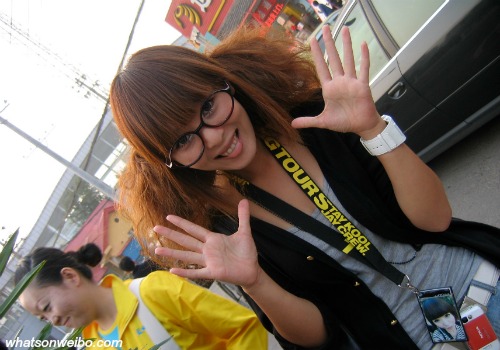
The Gome data shows the power of the post-1990s consumer. People of the generation born after 1990, often referred to as the ‘Post 90s’ or ‘jiulinghou‘ (九零后) are also called “marketers’ dream consumers” for their impulsiveness in buying goods, and their general pursuit of products that improve their happiness; they are the ultimate consumers, much more willing to spend money than the generations before them.
With a new young generation of eager online consumers, the rise of rural e-shoppers and a thriving ‘mummy economy’, China’s e-commerce companies having something to look forward to for their next year’s Single’s Day. The biggest online shopping event in the world is only about to get bigger.
– By Manya Koetse
Follow on Twitter or Like on Facebook
Sources:
Part of this article on based on the 14 November article by Zhao Chenting (赵陈婷) originally published on http://www.yicai.com/..
Other sources are linked to within the article.
©2016 Whatsonweibo. All rights reserved. Do not reproduce our content without permission – you can contact us at info@whatsonweibo.com.
[/blendlebutton]
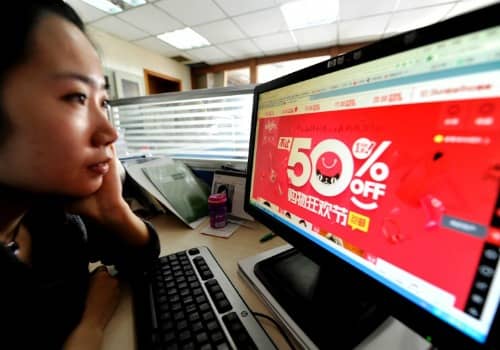

 China Insight2 months ago
China Insight2 months ago
 China Arts & Entertainment3 months ago
China Arts & Entertainment3 months ago
 China Arts & Entertainment2 weeks ago
China Arts & Entertainment2 weeks ago
 China Media2 months ago
China Media2 months ago









